BlogRSS
The Riding Attire: a history in-between the genders

The influence riding attires have had on the development of new trends in clothing is undeniable, at least if we consider western fashions; this happened because horses have been one of the main mode of human transportation throughout many centuries; horse riding initially developed as a male setting, while women were obliged by etiquette to the sidesaddle for a long time; this division though didn't stop the two attires - masculine and feminine - to share many similarities.
A Madame of Couture: Louise Chéruit
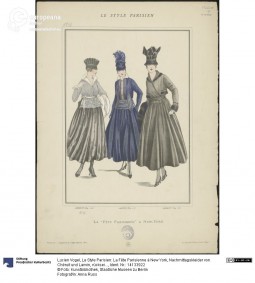
Since Charles Frederick Worth established his eponymous fashion house in 1858 and introduced the figure of the 'couturier' as it is known today, male dress-makers imposed their own idea of femininity over the female body. However, since the late nineteenth century, women's started establishing prestigious couture houses that challenged those of their male colleagues. Among those, si the couturiere Louise Chéruit.
The vest: a men’s charm
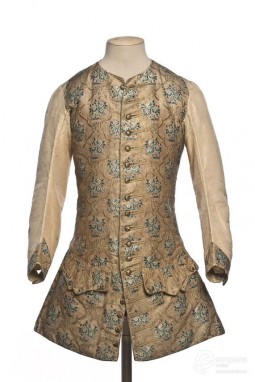
A vest is defined as a sleeveless garment covering the upper part of the body. Its name derives from French veste, meaning "jacket, sport coat", Italian veste "robe, gown", both coming from the Latin vestis. Later it took the name of "waistcoat", derived from the cutting of the coat at waist-level.
The Gender of (Fashion) Things
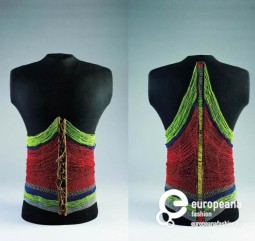
Do objects have a gender? Lately, the question has triggered many of the most cutting-edge and interesting researches within the field of both history and design. When dealing with fashion – a discipline strongly related to the body, as well as to the mind of the wearer – there are many variables that are to be taken into account to try and answer that question.

English fashion plate depicting the Dandy's Toilette, 1820-1829, Courtesy Kunstbibliothek, Staatliche Museen zu Berlin, CC BY NC SA
One of these variables is surely history. Many historical objects are now read as associated with one gender or the other, even though a closer look might turn the perspective upside down. One of these objects is the corset: even though contemporary narratives describe the corset as a device for female seduction, corsets weren’t just used by women to shape their silhouettes. Since posture and shape were incredibly important element in men’s appearance, in nineteenth century busts and corsets for men were produced, advertised and sold – and taken up, among others, by the most fashionable dandies. Also, man’s corsets show how considering different geographies can change the perception of the ‘gender’ of some objects.
Another aspect to be considered is the ‘look’, the appearance of the object, which associate them with a precise gender identity. Jewels and other elaborate accessories, as pins and buttons, above all the most lavish and flashy, are generally associated with women. Also bags – above all clutches and purses, which developed from the minaudiere and the ridicule – have been appointed as something ‘feminine’. Both these categories of objects seem to have a gender of their own, defining the gender identity of the user more than being defined by it. Since some objects are so linked to one gender or the other, they have been used to go against the status quo and protest the social rules of conformity: this is what happens in the 1970s, when men’s jackets and other items were worn by women to go against the patriarchy and challenge both existing social structures and roles.

Pair of man's silver waistcoat buttons, decorated with filigree and coloured pastes, Sweden 19th century, Courtesy Victoria and Albert Museum, CC BY SA
To conclude this short overview, it seems that the very core of the matter can be seen in the encounter between the ‘pure’ object and the user. As Pat Kirkham points out, sometimes the apparently ‘un-gendered’ objects are added some elements in order to become gendered, and automatically signal the identity of the wearer: for example, unisex shoes as Doc Marten are ‘feminised’ with girly laces. To answer to the pending question ‘are objects gendered?’ we have to take into account the active role of the user in the process of giving meaning to an object, whose gender is not only defined by its design and function, but above all by who uses it and how – which can sometimes change the very nature of the object itself, subverting its traditional role it was given by society.
Europeana Fashion Focus: Swing coat by Jacques Fath, ca. 1950
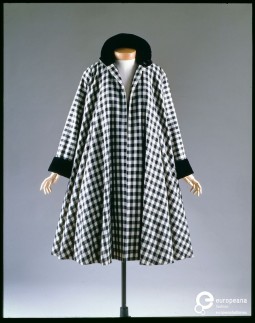
The coat is made in wool gingham fabric, in the colours of black and white. It's a typical example of the kind of outerwear that was fashionable during the 1950s, with its abundance of fabric and volume, which is a feature of the iconic silhouettes of those years. It was designed by the Parisian couturier Jacques Fath in the 1950s.
No Gender in Space: Unisex in the 1960s
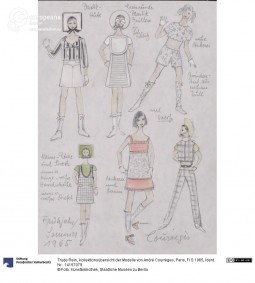
The 1960s were a time of innovation and exploration: while science ventured into space with a series of missions culminating, in 1969, with the Apollo 11 touching ground on the Moon, fashion foresaw a cosmic-broad future, experimenting with new technologies and fabrics, and introducing unisex silhouettes.
Giorgio Armani: Questioning Gender
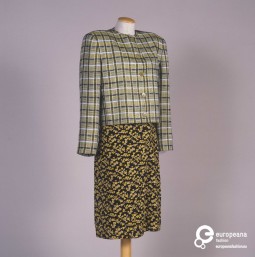
When thinking about how fashion has contributed on the debate concerning gender identity, it is possible to pinpoint a tradition of designers who have constantly questioned the very meaning of the idea of gender, while basing their aesthetic choices on their own definition of masculinity and femininity; Giorgio Armani is surely on of the most prominent representatives of this flow.
The Arts Plus: The Business of Creativity
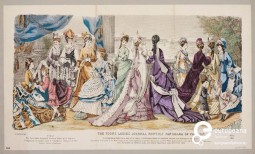
Next week, from the 19th to the 23rd of October, within the context of the Frankfurt Book Fair, a new event, will take place: the Arts Plus. Europeana is hosting a series of workshops together with Platonic and Media Deals, which will see the participation of students from twenty design schools from across Europe. Europeana Fashion selected six participants amongst three leading fashion school belonging to its network: Polimoda, IUAV University of Venice and Politecnico di Milano, giving them the opportunity to explore possibilities and develop ideas around new business models for creative and cultural industries.
Male trend: the wig
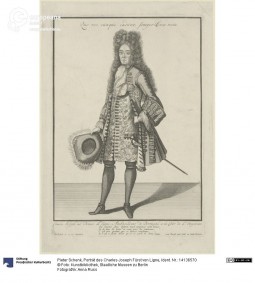
Wigs have a long history - they have been used since the early ages, as Sumerian, Persian, Egyptian, Greek and Roman people wore them for hygienic purposes, as part of ceremonial dress or theatrical costumes. Sometimes, in early societies, men and women used to completely shave their head and cover it with a wig to fight parasites and other diseases, but they soon became a trend and started being elaborate and detailed.
‘Gender?’: Walter van Beirendonck
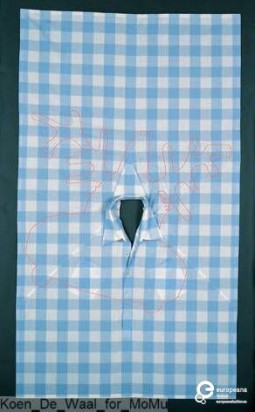
In his over thirty years long career, Belgian fashion designer Walter van Beirendonck questioned through his otherworldly point of view fashion and its paradigms – among them, gender.

